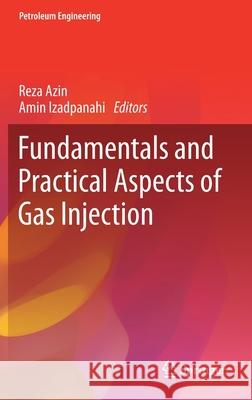Fundamentals and Practical Aspects of Gas Injection » książka
topmenu
Fundamentals and Practical Aspects of Gas Injection
ISBN-13: 9783030771997 / Angielski / Twarda / 2021 / 464 str.
Kategorie:
Kategorie BISAC:
Wydawca:
Springer
Seria wydawnicza:
Język:
Angielski
ISBN-13:
9783030771997
Rok wydania:
2021
Wydanie:
2022
Numer serii:
000880636
Ilość stron:
464
Waga:
0.83 kg
Wymiary:
23.39 x 15.6 x 2.69
Oprawa:
Twarda
Wolumenów:
01
Dodatkowe informacje:
Wydanie ilustrowane











